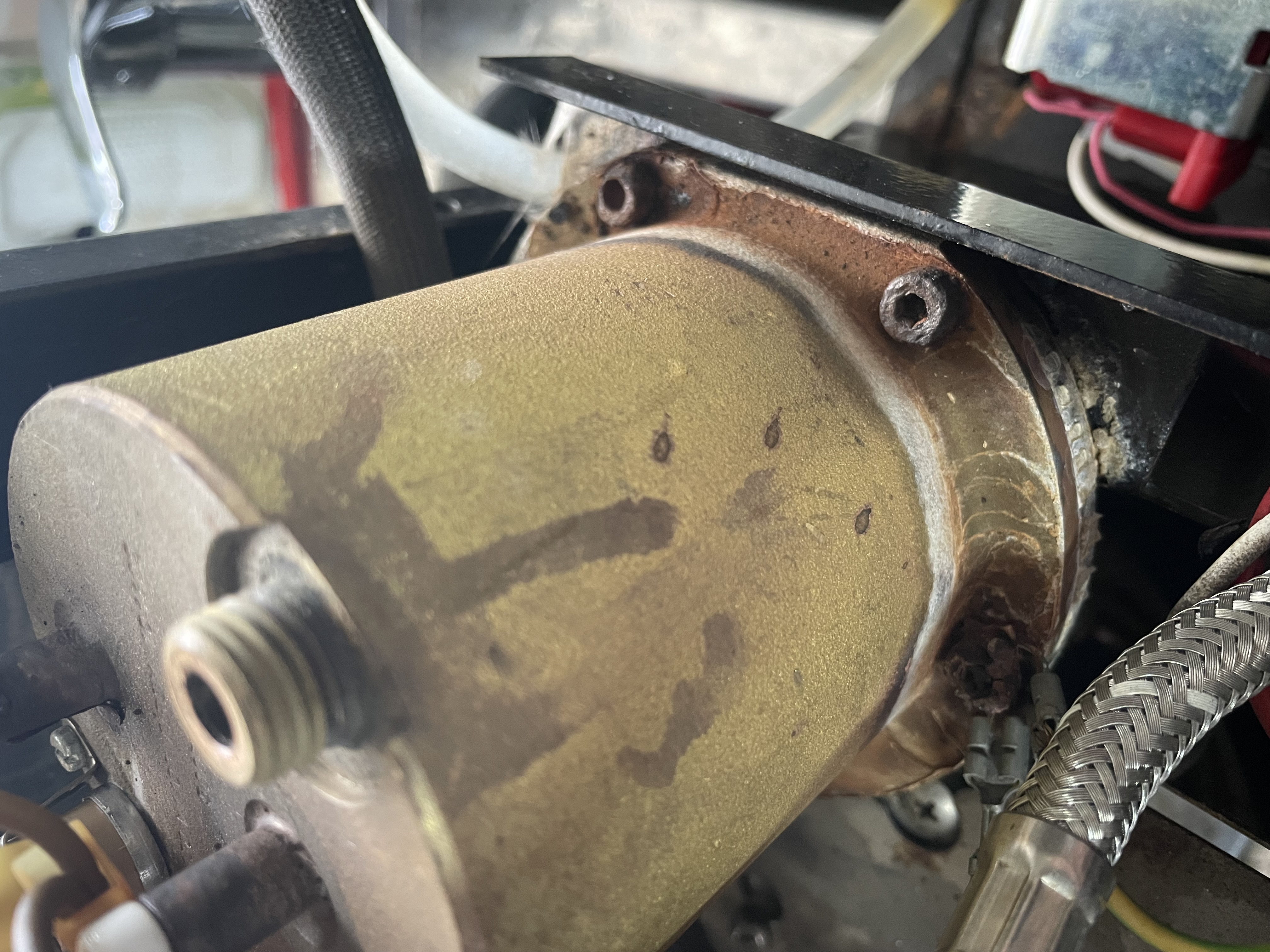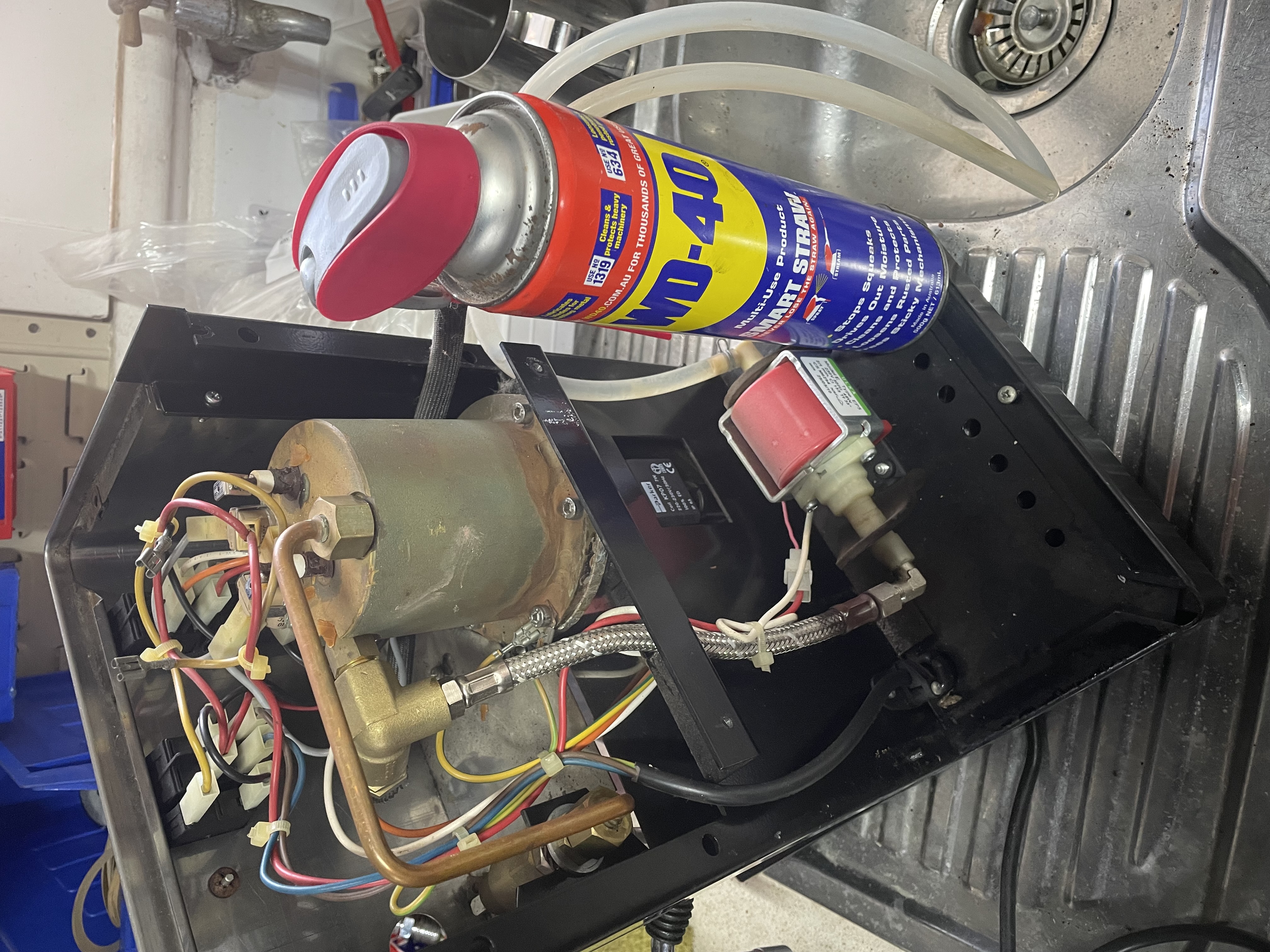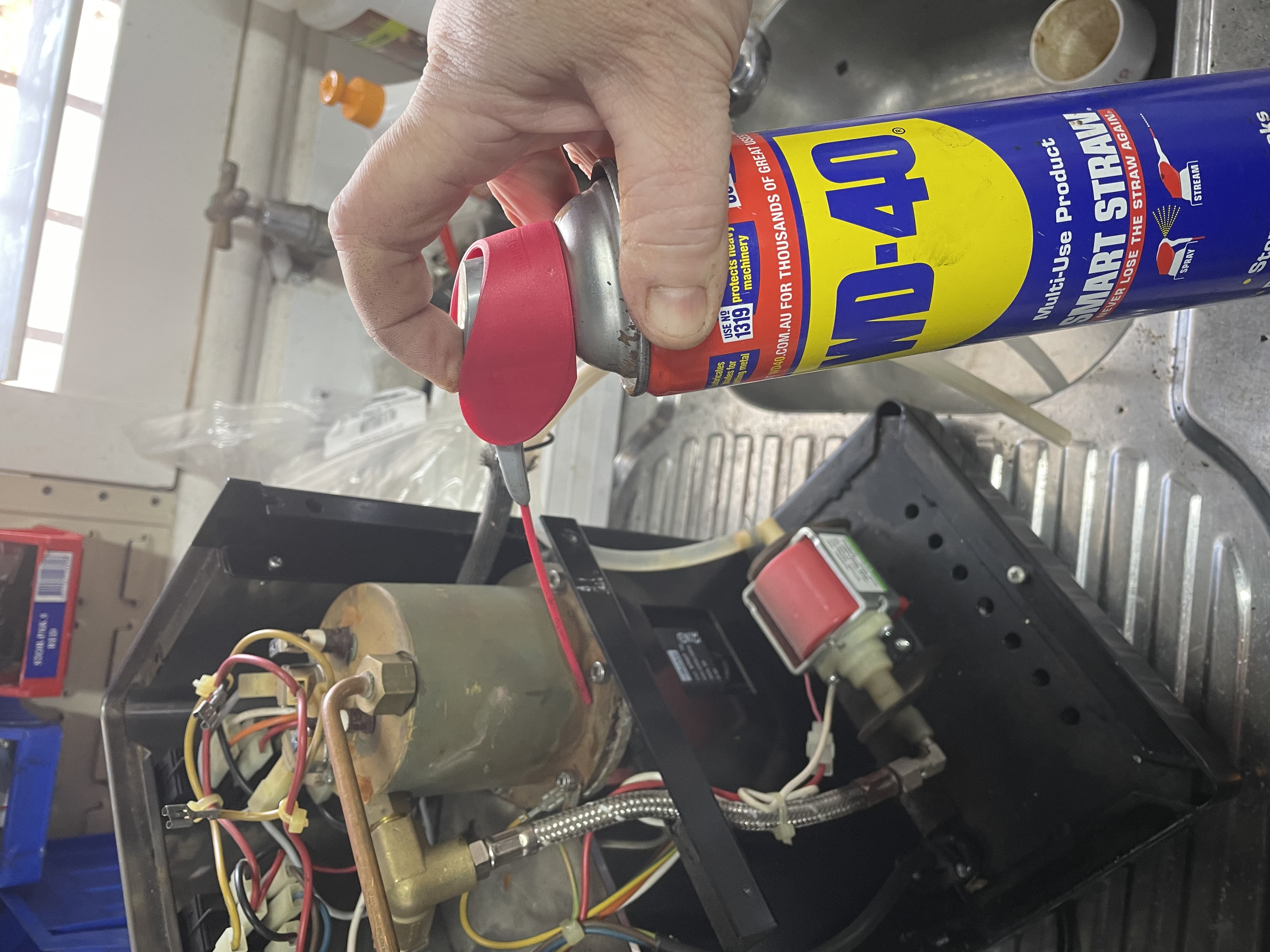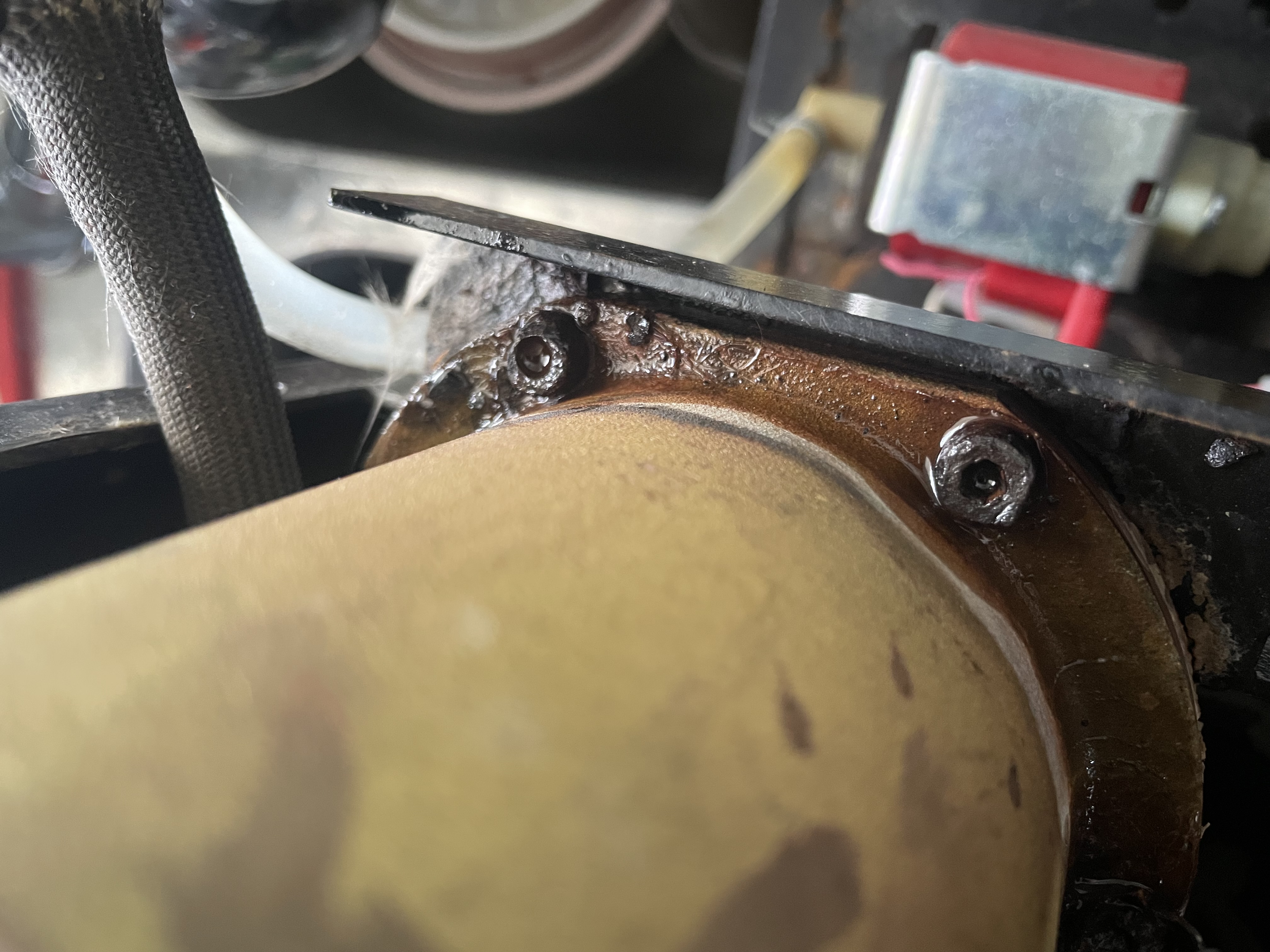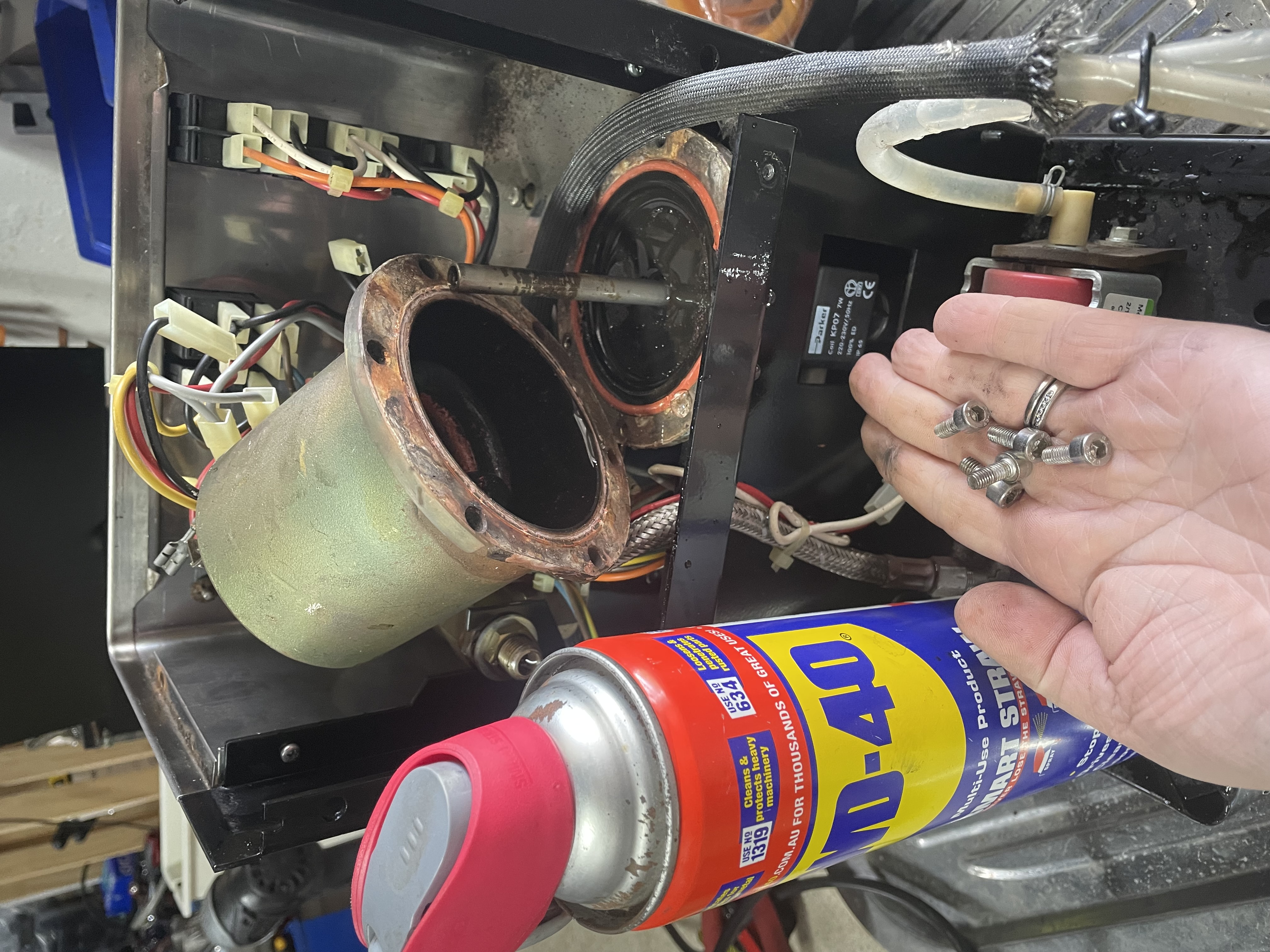The Espresso Extraction: WD-40 vs the Rusted Boiler Bolts

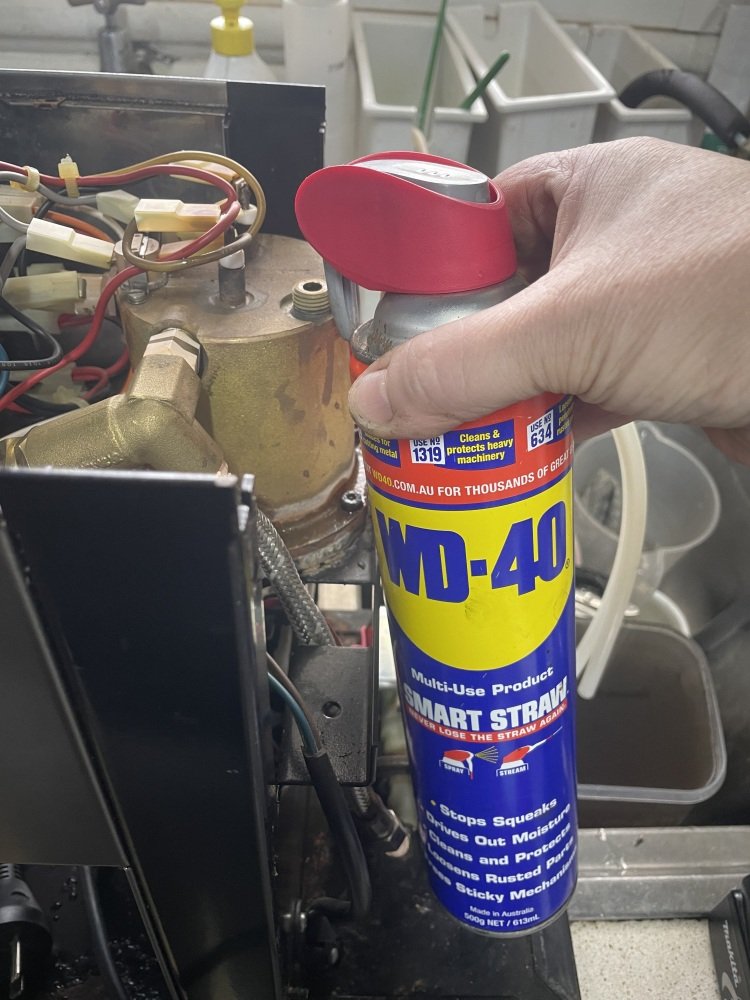
Project Summary:
After years of use, the boiler bolts on this espresso machine were seized with rust and mineral buildup. What should’ve been a simple maintenance task turned into a rusted standoff—until WD-40 came to the rescue.
Step 1: Power Down and Expose the Problem

I started by unplugging the coffee machine and letting it cool completely. I then carefully removed the outer panels to access the boiler and its mounting bolts.
Step 2: Spray It Smart with WD-40
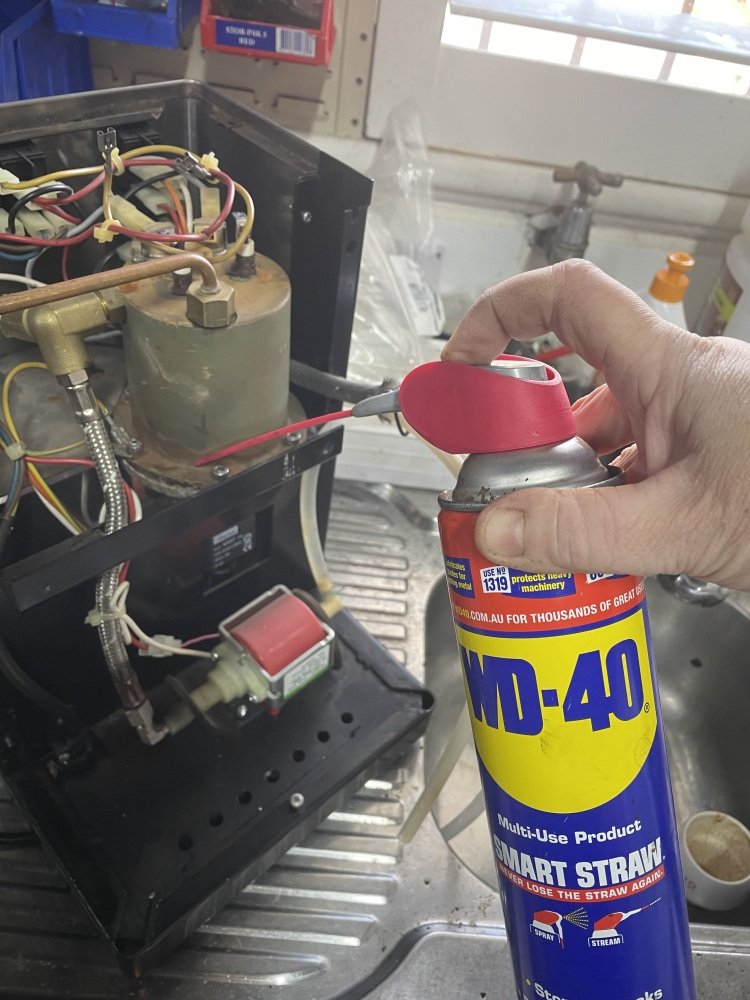
Assess the Rust Situation - Several boiler bolts were visibly rusted and showed signs of seizing. I knew brute force would likely strip or snap them, so a smarter solution was needed.
I sprayed WD-40 directly onto the rusted bolts, ensuring full coverage around the heads and threads. The straw applicator made it easy to be precise without overspray on sensitive components.
Step 3: Let It Soak In and Loosen Up
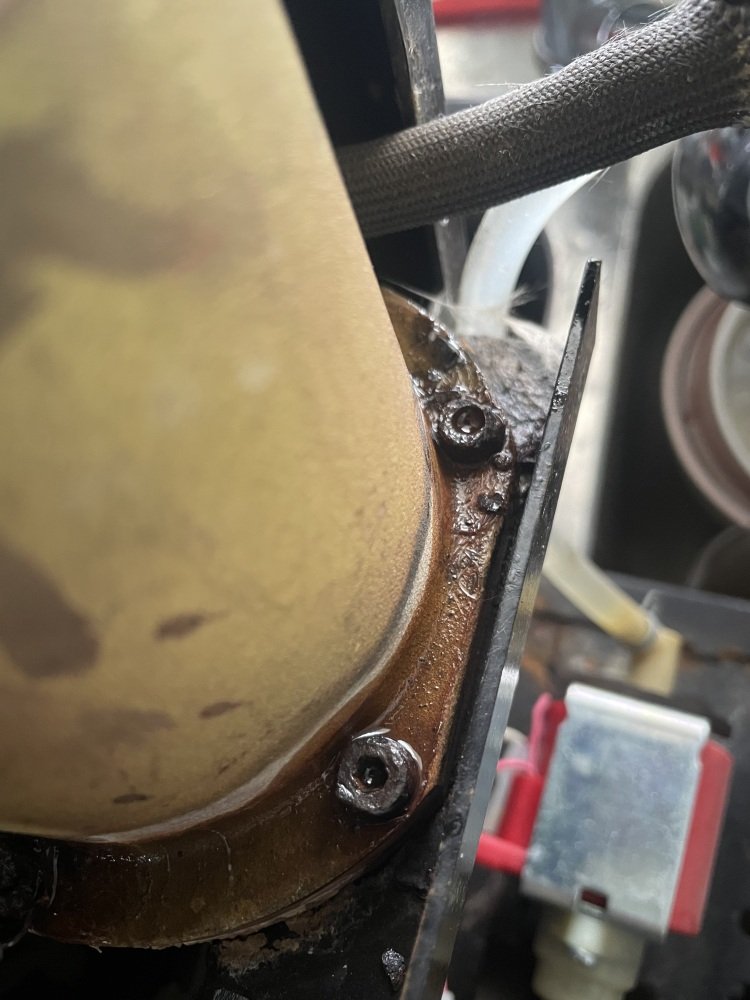
I allowed the WD-40 to work its magic overnight. I lightly tapped each bolt head with a rubber mallet. This helped the penetrant seep further in and loosen corrosion.
Step 4: Crack It Free with the Allen Key
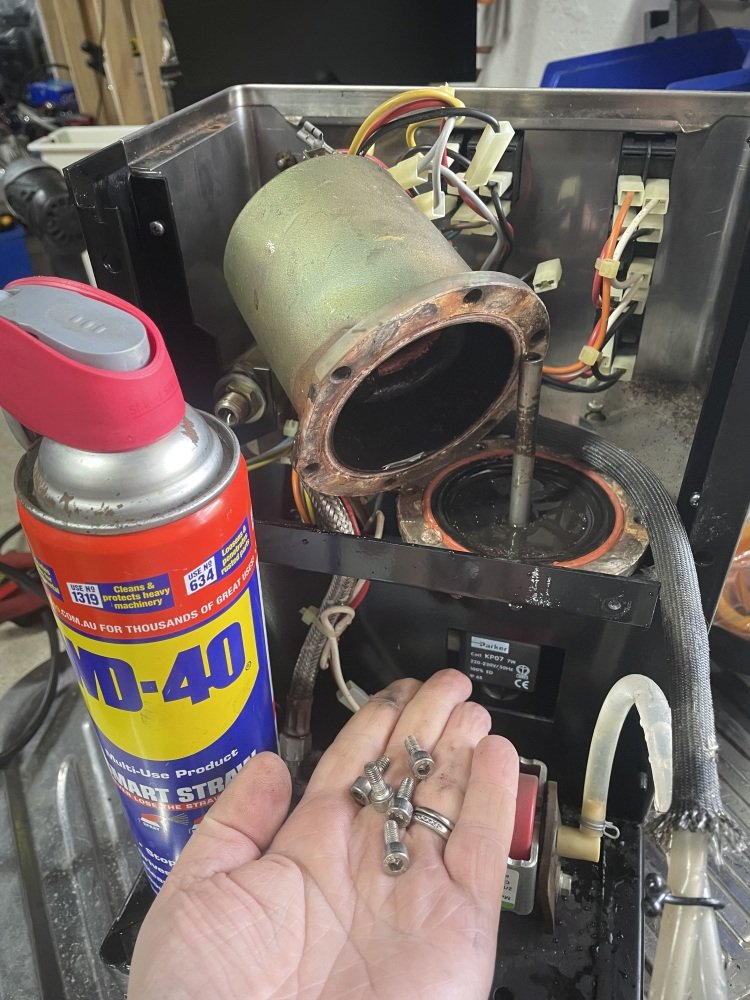
Use the Right Tool - I used a star shaped Allen key and applied firm, steady pressure. Thanks to WD-40, the first few bolts gave way without drama. A couple of stubborn ones needed a breaker bar, but they came loose—no stripping, no snapping.
Once removed, I cleaned the boiler where the old rusted bolts had been using a wire brush and applied more WD-40 in the holes where the new bolts were to be placed to allow a smooth changeover.
Step 5: Clean, Reassemble, and Brew On

Reassemble & Test - After installing new gaskets and replacing the rusted bolts with stainless steel ones, I reassembled the machine. It powered on perfectly—no leaks, and ready to brew again.
The Result:
WD-40 saved me from costly repairs (or a broken boiler!). The job went from “rusted solid” to “smooth extraction,” proving once again that a little spray goes a long way.


